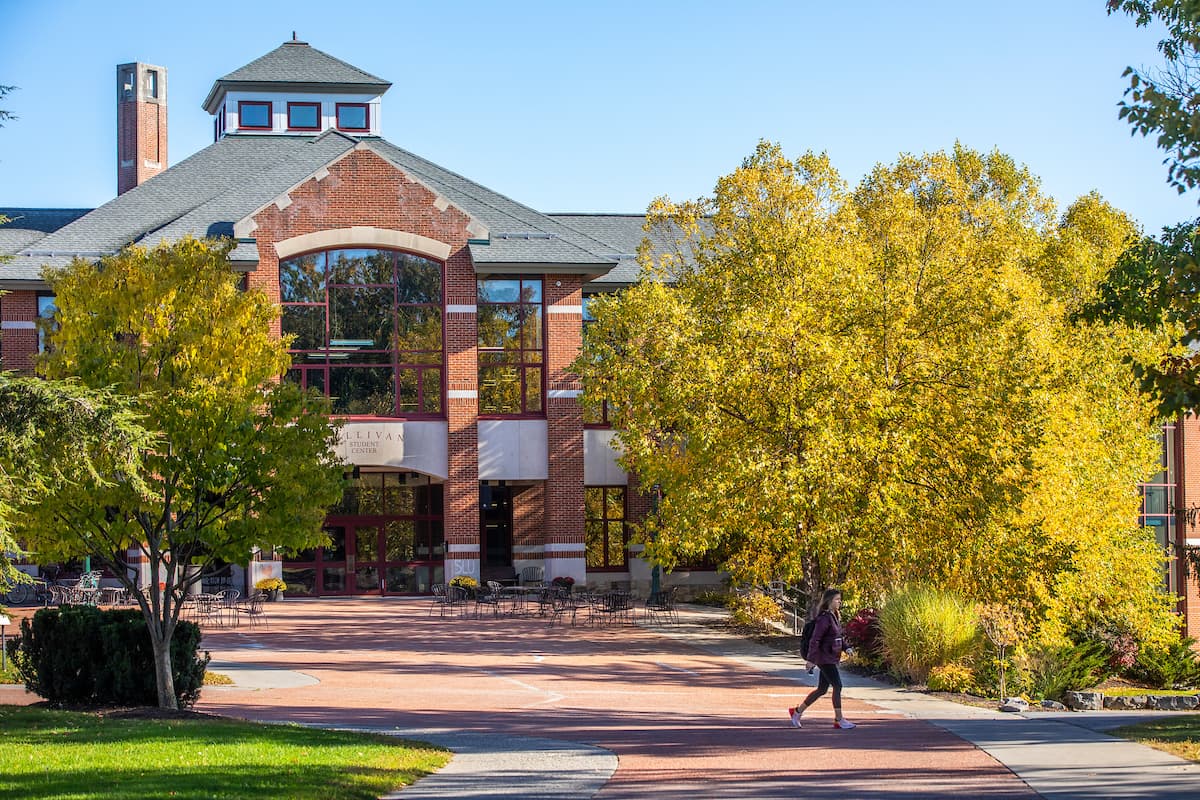By Amelia Pape
The fire that devastated Notre-Dame de Paris last week has caught the world’s attention. The event sparked not only the appreciation of the public for the monument and monetary contributions, but also controversy, especially over reconstruction efforts.
Jennifer Herlein, the executive director of the French Heritage Society, believes that people from all over the world have a personal connection to Notre-Dame whether they have been there or not. The French Heritage Society started its restoration fund while the fire was still going on, and since then has received over 2,200 contributions. “A lot of these people have shared their personal connections to Notre-Dame,” she says. “They’ve told us what it means to them, what it symbolizes, and why they think it’s a sign of hope to have Notre-Dame be rebuilt.”
Notre-Dame’s fire has affected people around the world, but Enzo Corigliano ‘22, a New Caledonia native who later moved to France and lived in Paris for three years, believes that no one was quite as strongly affected as the French were. He feels that people in France are very deeply hurt, more so than he himself or people here in the United States, because of the importance the French tend to place on history.
Roy Caldwell, a professor of French at SLU, admires the historical significance of Notre-Dame. “They’re calling it the ‘beating heart of France,’ and I think that’s pretty apt,” he says. “It’s probably, with the Palace of Versailles, the most important building in France,” he says, “and more important than the Eiffel Tower.”
Caldwell also believes that Notre-Dame is vital not only as a symbol of the French nation and the French faith but also as a beautiful example of architecture. He says that cathedrals fill you with awe and wonder. “I’m not a religious person and so I don’t have a prepackaged religious feeling in front of Notre-Dame, but I have something like a religious experience in front of Notre-Dame. And it’s not thinking about God, but it’s thinking about what humanity is capable of,” he says.
Caldwell recalls an account in which Notre-Dame is described as a palimpsest—a manuscript on which one text is copied over an original text. “It wasn’t just built in the twelfth century. It was built and then things were added and styles were changed, so it’s many layers of different cathedrals,” he says.
Danielle Pape, an architectural preservationist, agrees that the important question now is whether the original cathedral or the one that burned down will be restored. Some are even suggesting using more modern materials for restoration, provoking the ire of classicists, according to Pape.
Faced with reconstruction, Herlein has “great confidence in the architectural traditions in France and in the ability of the National Monuments Management’s project.” Reconstruction is going to be a long and difficult process, nonetheless.
Further controversy lies in whether or not so much money–at least $835 million so far–should be poured into the restoration of Notre-Dame at all. Corigliano does not think it is right to plan it “even in the next couple of years, especially because of what happened last January with les Gilets Jaunes.” Because of this yellow vest movement and the demonstrations still happening today, he believes that the social climate is not right for restorations to begin.
Others, like Charlotte Reynolds ’22, are disappointed that the public is quicker to donate to the restoration of one building than to address the ecological distress that threatens our very existence. Despite Notre Dame’s historical and cultural value, she believes that money would be better spent elsewhere.
Pape claims that “people who hold the wealth aren’t willing to give money to things that aren’t important to them or important to their brand.” She says that it all depends on political will. “We have enough money to address it all—the environment, poverty, historic sites—but this particular event happens to fit political agendas. Because the public cares about Notre-Dame, the wealthy can swoop in like heroes,” she says.



